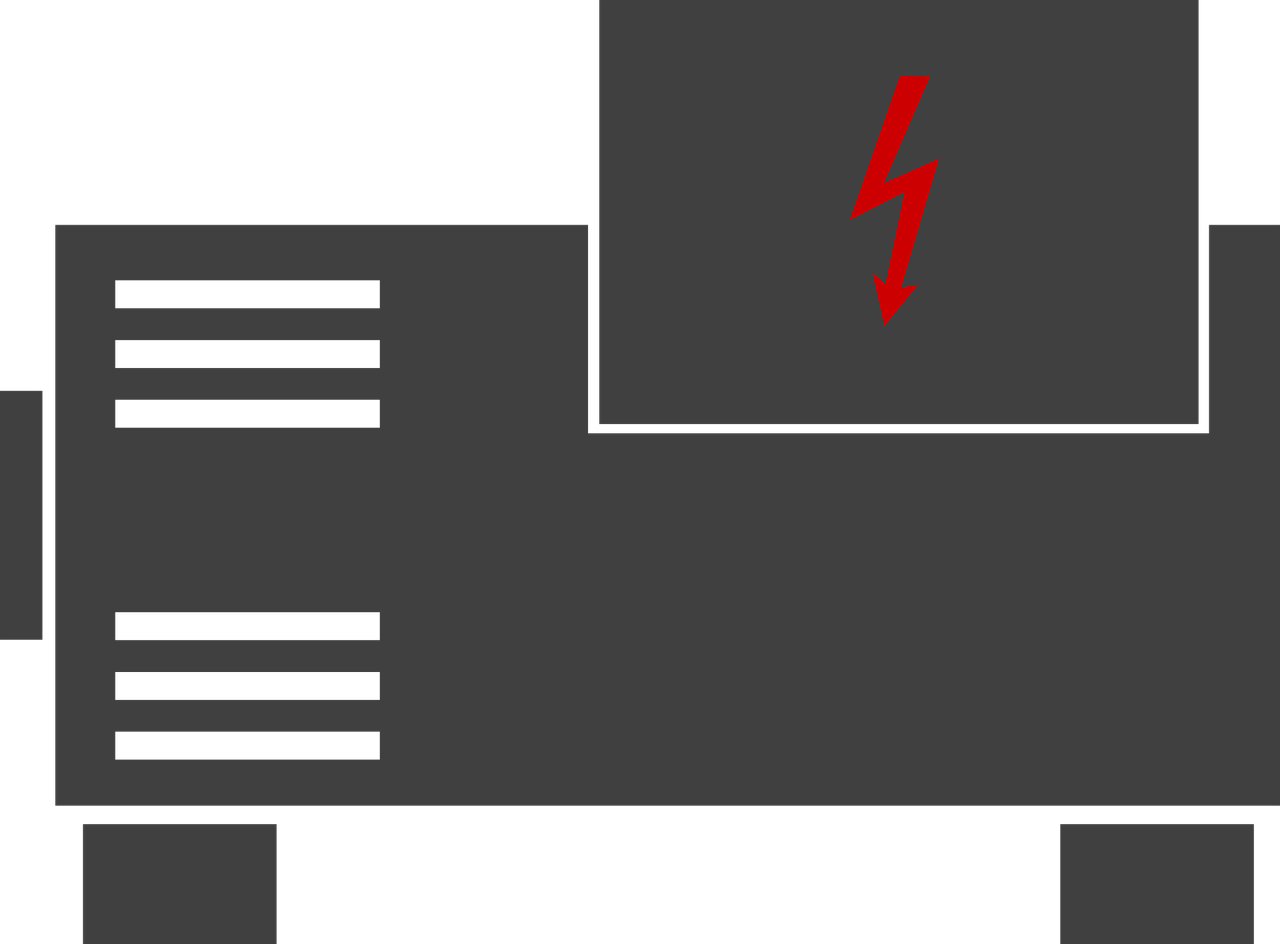
(NewsDakota.com/NDSU) – An emergency source of power is important during a winter storm for farms with critical equipment, and for homes for pumps, appliances and heating, particularly in areas that may experience power interruption.
“A standby electric generator could prevent costly losses during a power failure,” says Ken Hellevang, North Dakota State University (NDSU) Extension agricultural engineer. “However, you need to follow some basic safety rules when using a standby generator.”
Do not operate the generator in an enclosed or partially enclosed space. Gasoline or diesel engines may produce deadly levels of carbon monoxide and carbon dioxide. Carbon monoxide can accumulate in a building even with a large door, such as an open garage door. Wind blowing into an attached garage can push the carbon monoxide into the house and lead to carbon monoxide poisoning. If a generator is operated in an enclosed building, the engine exhaust must be vented outdoors away from the building using engine exhaust ducting.
Choose a generator that provides the power at the same voltage and frequency as the power lines supply, according to Hellevang. Most power lines supply 120/240-volt, single-phase, 60-cycle alternating current to homes and farms.
To help you buy the proper size generator, you need to decide what you must keep running, such as a sump pump and furnace or certain farm equipment, Hellevang says.
Motors typically require four times the power to start as they do to run. Estimate power requirements from equipment nameplates when possible. As a guide, electric motors require approximately 4,000 watts of power to start and 1,000 watts of power to run for every horsepower of output.
A typical home operating a water pump, refrigerator, freezer, furnace blower (gas furnace) and a few lights will require around 5,000 watts of peak usage for starting and 2,000 watts for continuous operation.
Separate electrical equipment normally is plugged into a smaller generator. Extension cords must be properly sized based on the electrical load and distance from the generator. The proper voltage may not be provided to a motor at the end of a very long extension cord, which will cause damage to the motor.
Do not connect the generator to a home or farm electrical system without a transfer switch that disconnects the farm or home from the power line and connects to the generator. The wiring system must be isolated from the power lines using a double-throw transfer switch to prevent the generator from feeding electricity back into the power line. This protects linemen who may be working to restore your service. Also, without a double-throw switch, the generator can be ruined due to overload.
Follow the operator’s manual to properly provide electrical power. Instructions might include:
– Turn off or disconnect all electrical equipment.
– Start the unit and bring the generator up to proper speed. The voltmeter will indicate when the generator is ready to carry the load.
– Check the voltmeter frequently. If the voltage falls below 200 for 240-volt service or 100 for 120-volt service, reduce the load on the generator by shutting off some electrical equipment.
